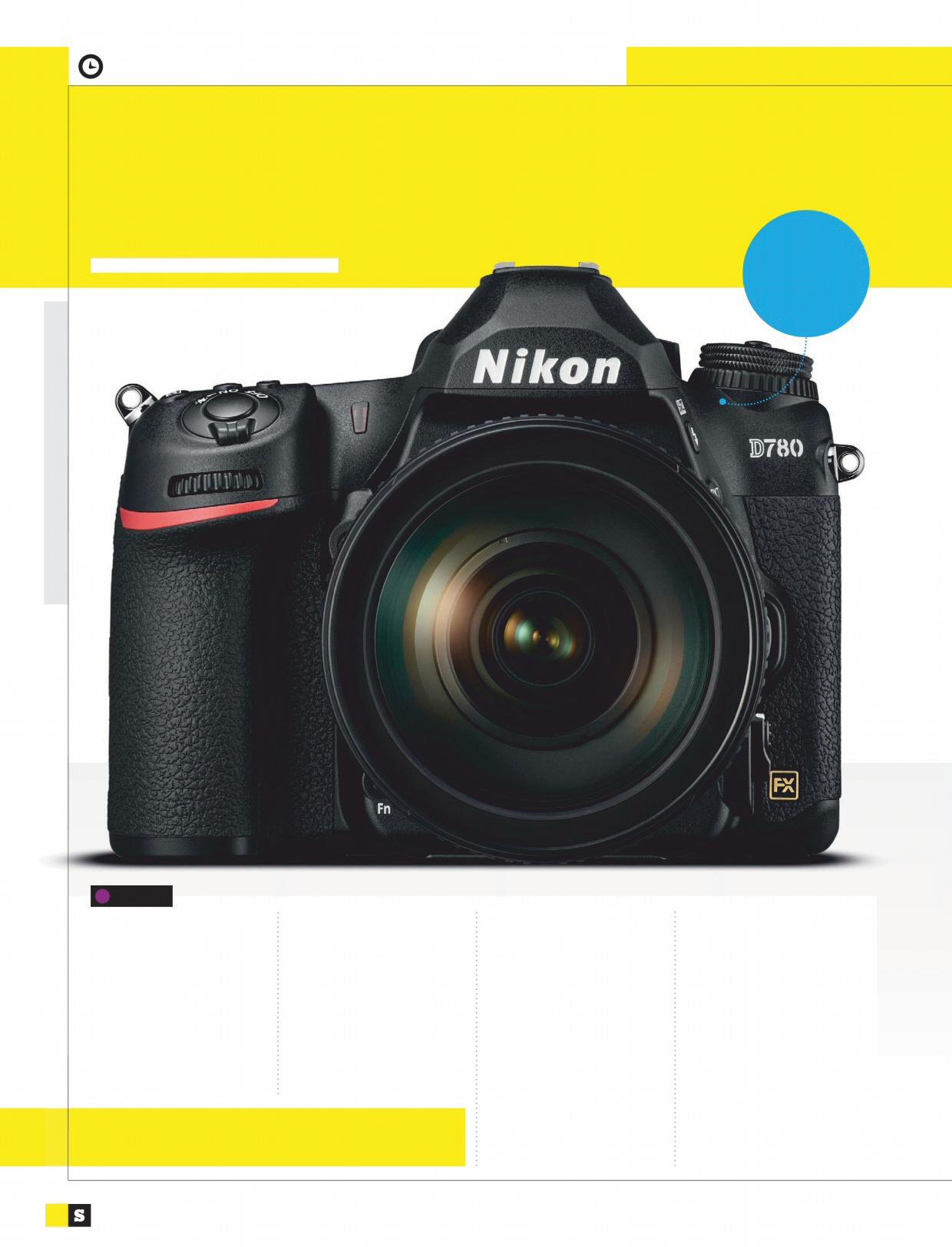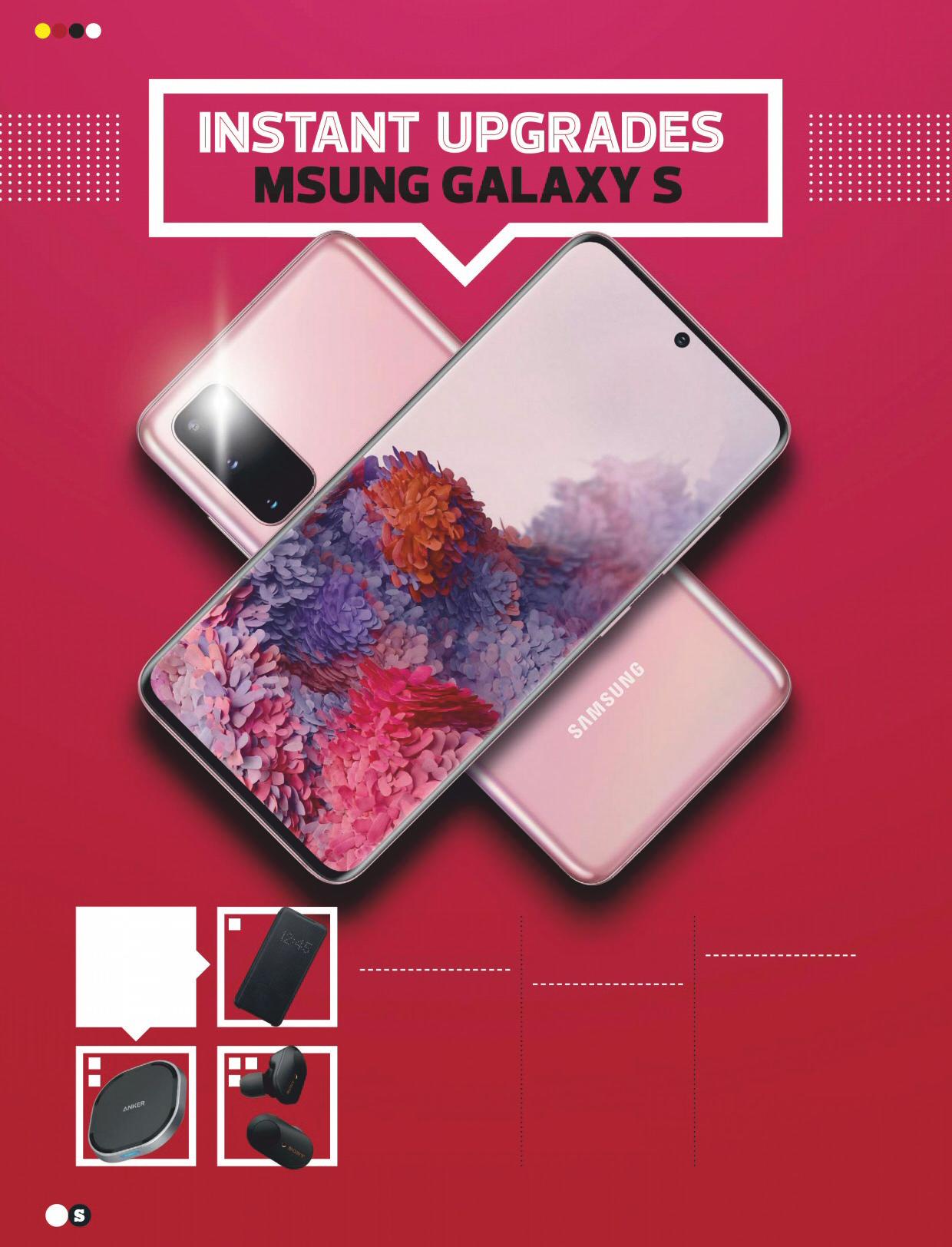TWO WEEKS WITH THE NIKON D780
Diamond geyser
Despite the meteoric rise of the mirrorless, Nikon is still developing super-hard DSLRs – so Stuff (pre-COVID) went to Iceland to test its latest in extreme conditions from R39 000 (body only) / ormsdirect.co.za
Eye-Detection AF letsyou select which eye to focus on… but it can be confused by lashes.
DAY 01 Dragging a DSLR into the new decade is a bit like trying to convince everyone to start buying CDs again instead of streaming music. There are some advantages, sure, but when convenience is king you may as well be extolling the virtues of 44kHz quality to a flock of puffins. However, there remains a place in our hearts for this still extremely capable format, and
there are some areas in which even a full-frame mirrorless camera might not fit the bill. For those times when you need serious grunt in the battery department, weather-beating ruggedness, dual card slots and (the clincher for some) an optical viewfinder, a DSLR will always do its duty. Nikon’s D780 mixes a modern imaging approach with traditional DSLR form and function. Armed
This is a marriage of mirrorless tech and DSLR substance, which means a camera with zero compromises 78
with trusty Nikon ergonomics and a vast selection of Nikkor F lenses, it borrows a few tricks from Nikon’s mirrorless Z series, offering high-performance live-view AF and 4K video. It’s a marriage of mirrorless technology and DSLR substance, which means a camera with zero compromises. It has a big battery and two UHS-II card slots, and is fully guarded against extreme weather – which is why we tested it in Iceland. Because if it works there, it’ll handle almost anything Mzansi can throw at it. Coming to this Nikon from a mirrorless camera, it feels
enormous – and it isn’t light at 840g. But being big has some perks, like room to twiddle dials and press buttons without the risk of clumsy errors. Most shooting controls are positioned on the right, as well as the ‘i’ button for accessing the quick menu. There’s even room for a top plate so you can see things like ISO, shutter speed and remaining shots on your card. We’re expecting to find ourselves using this a lot in a place like Iceland, where conditions can change in an instant, we’re bound to be a little rushed and we’re hoping to reduce that as much as possible.





















